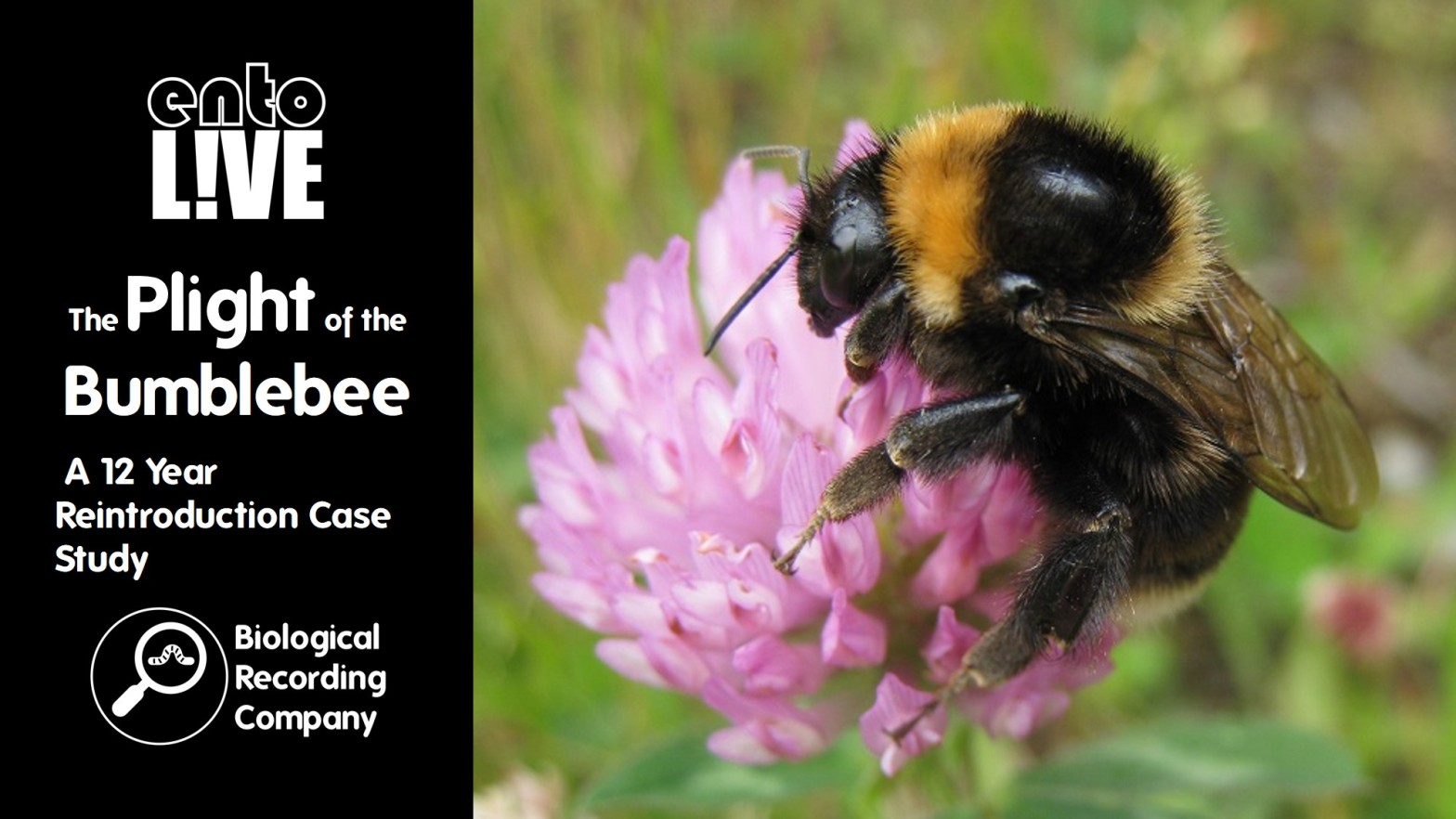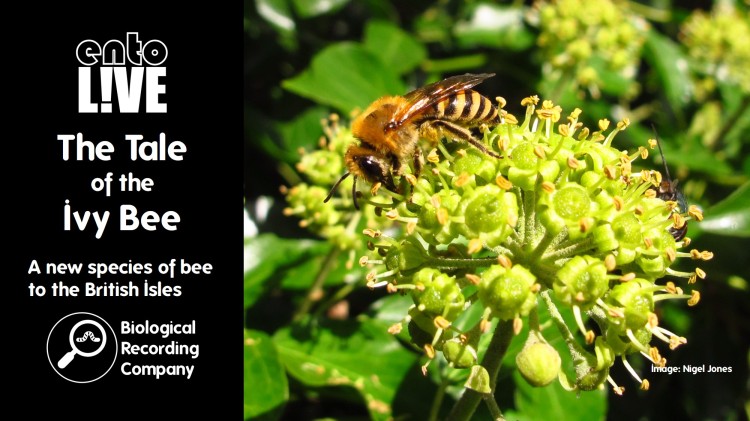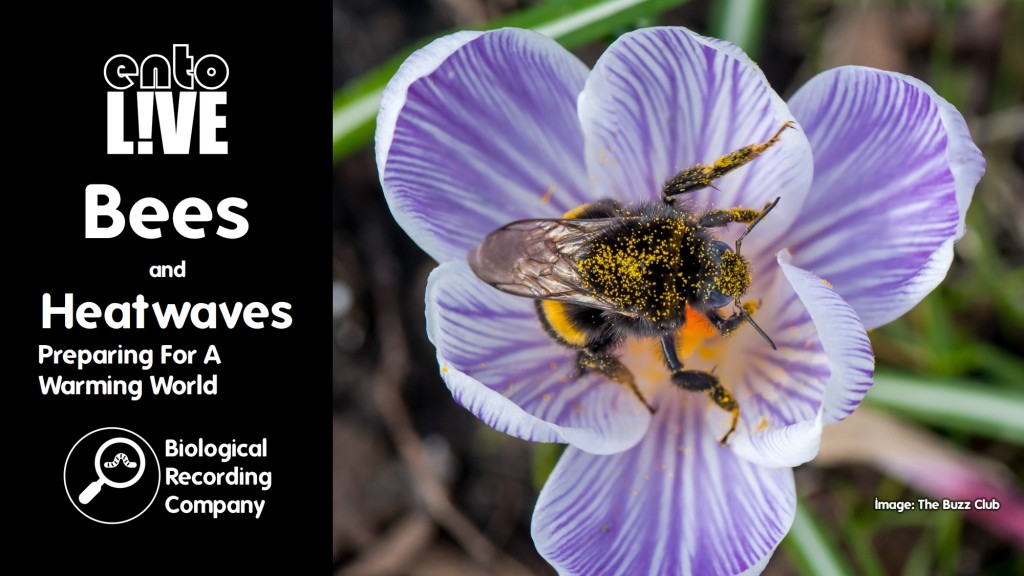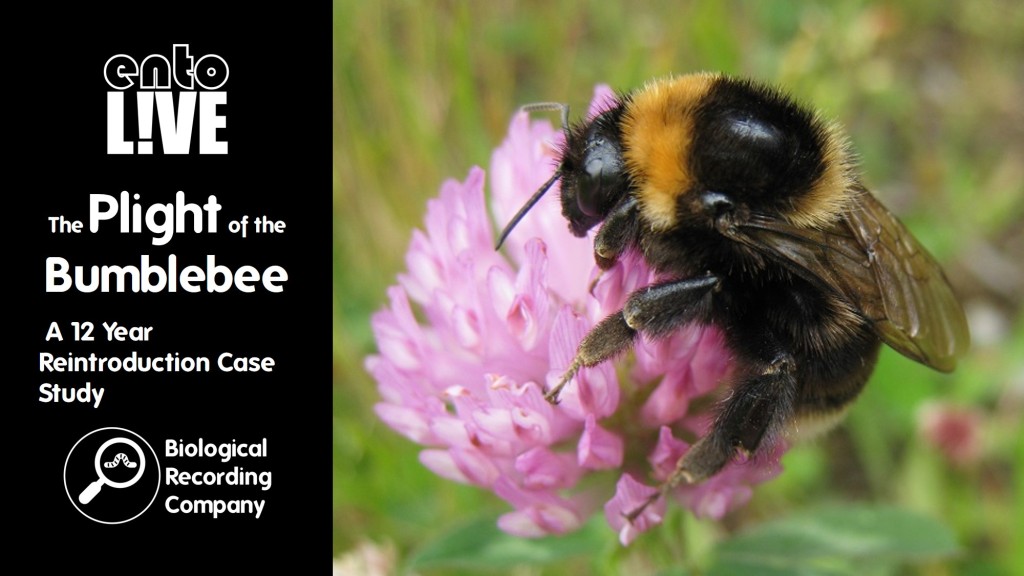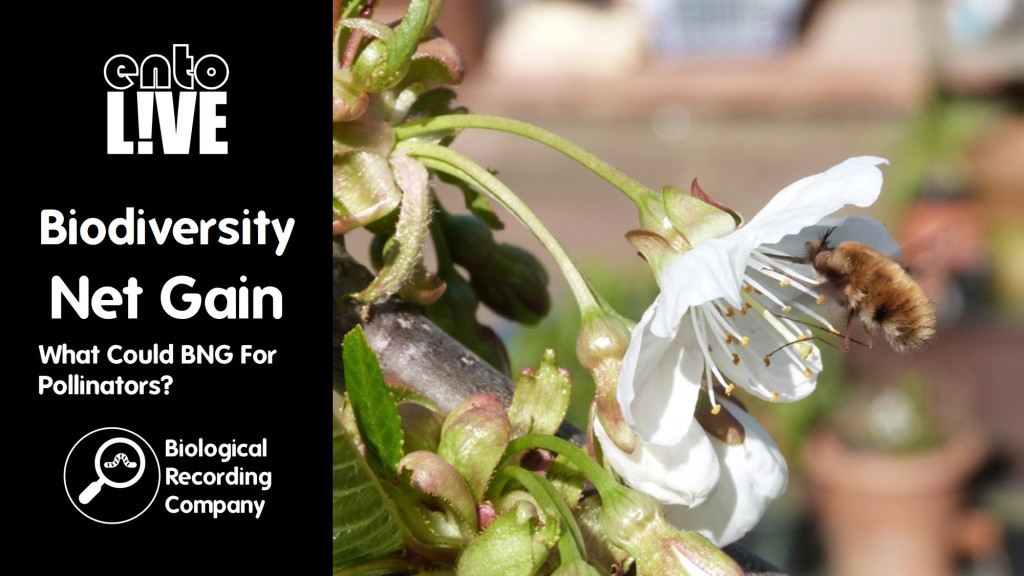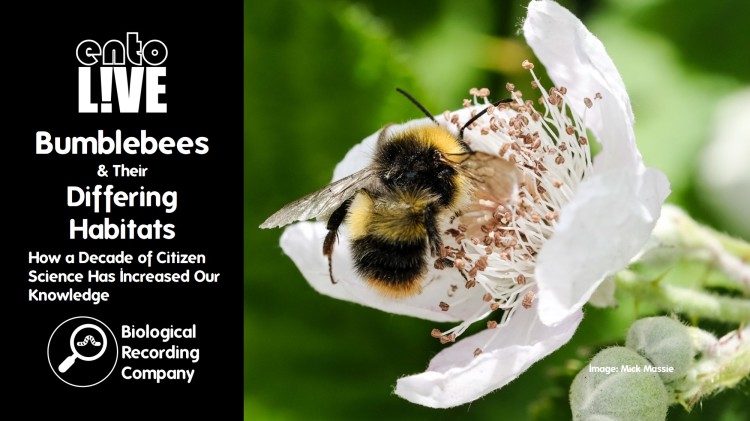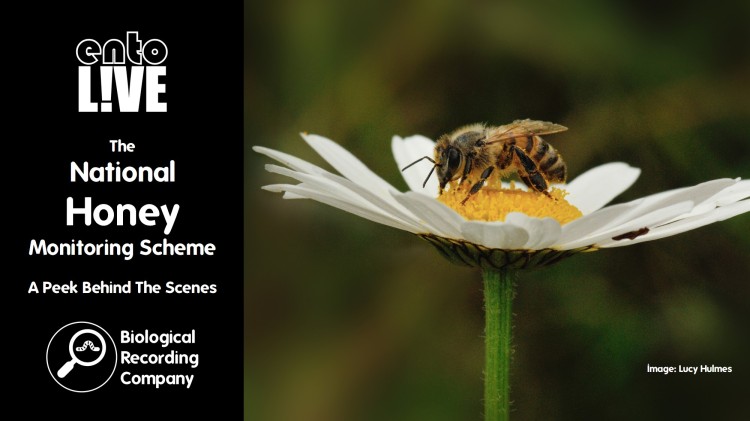The Short-haired Bumblebee project was a 12-year-long landscape reintroduction and habitat restoration project in south Kent and south East Sussex. This talk will outline its aims, achievements (and what also didn’t go so well) and its legacy. This talk will also introduce a new project currently being delivered in east and southeast London called Buzzing in the East End (B.E.E).
Dr Nikki Gammans has worked for Bumblebee Conservation Trust since 2009, firstly as a project officer and more recently, as Conservation Project Manager for SE England. Prior to conservation work, she completed a PhD and Post Doc on ant behaviour and ecology.
Q&A Dr Nikki Gammans
- If only the queens overwinter, how are the queens fertilised for next year’s brood?
The queens mate before hibernation, so they are already fertilised before they overwinter. - Why are rare bees found in the East End Docklands?
Brownfield sites are incredibly important for many of our rare species. Most of our rare species are now only found in coastal areas because of increasing urbanisation and fragmentation. The Thames Estuary has always been a hotspot for these species. On some of these brownfield sites, we’re seeing that the Brown-banded Carder Bee (Bombus humilis) and the Shrill Carder Bee (Bombus sylvarum), the UK’s rarest species, are actually doing quite well. These industrial brownfield sites often have a lot of scrubland and lots of “weed” species that are actually really good for these species. These areas are often referred to as wasteland, but they are far from that and with some small habitat improvement can be wonderful sites for our rare bees that support a sustainable life cycle. - What is the relationship between honey bees and our rare bumblebees in London?
The issue that we have in London is lots of people wanting to help bees and thinking that the solution is to keep honey bees. The Western Honey Bee (Apis mellifera) is a domesticated animal (i.e. livestock) and the number of bees correlates with the number of hives that are being kept. The issue in London is hive density. We currently don’t know as hive registration is not mandatory, so we recommend that beekeepers register their hives with their local beekeepers association so that we can monitor hive density. We want to avoid honey bees competing with our rare native bees for nectar and pollen resources in areas where the rare bees are hanging on. Check out Mark Patterson’s entoLIVE on The London Bee Situation for more info on this topic. - Are you aware of any successful bumblebee reintroductions from elsewhere in the world?
We were actually the first in the world to attempt a bumblebee reintroduction and I’m not aware of any other reintroductions. Bumblebees have been introduced to countries where they are not native. For example, 4 species, including the Short-haired Bumblebee (Bombus subterraneus), were introduced to New Zealand for pollination services. Moving species around the world is very risky as you are not just moving the target species, you’re also moving their pathogens and parasites. The introduction of European bee species to North America has proved devastating for some of their species due to the pathogens that were also introduced. - Is there anything that you would do differently if you were given the chance?
We believe that the time in quarantine may have been the issue, but we need to ensure the bees are quarantined to avoid importing pathogens and parasites. One way around this would be to construct quarantine greenhouses where the imported queens would be held and mated for the first year, with the offspring of these being the individuals that are actually released into the wild. This would be an incredibly expensive operation and there is still no guarantee that it would be successful. The most important thing is to ensure that we are conserving and improving habitats for bumblebees, and preventing any further species extinctions. - Will the spread of the Asian Hornet be an issue for our bumblebees going forward?
The Asian Hornet (Vespa velutina) is a non-native species of wasp and a threat to insect species that it preys on. It is an aerial predator that is fairly opportunistic – feeding on whatever it can find. Bumblebees appear to be more savvy with them when compared to honey bees, as they will drop when they feel threatened. However, it does mean that yet another threat to our bees is being added into the mix, so it is important that sightings are reported. I think it is inevitable that they will colonise the UK as we’ve been notified of a colony here in Kent recently and they are well established across the channel on the continent. - What are the best species to plant within your garden to help our bumblebees?
It’s important to remember that different bees have different needs, so understanding what rare bees may occur in your area is always useful. What we try to do at Bumblebee Conservation Trust is provide ‘monthly menus’ on the Bee The Change website and our Bee Kind garden assessment and recommendation tool. We’re still analysing the forage data that we gathered and it won’t be published for a little while yet. It’s also worth booking on the Plants For Pollinators entoLIVE webinar with Dr Abigail Lowe for more information about this.
Literature references
- Gammans (2017) The Short-haired Bumblebee Reintroduction Project: 10 Year Report: https://www.bumblebeeconservation.org/wp-content/uploads/2017/06/Ten-year-report-Short-haired-bumblebeeV1.pdf
- O’Shea-Wheller et al (2023) Quantifying the impact of an invasive hornet on Bombus terrestris colonies: https://www.nature.com/articles/s42003-023-05329-5
- Williams (1989) Why are there so many species of bumble bees at Dungeness?: https://doi.org/10.1111/j.1095-8339.1989.tb00134.x
Further info
- Bee Walks recording scheme: https://beewalk.org.uk/
- Bee Kind garden assessment and recommendation tool: https://beekind.bumblebeeconservation.org/
- Bee the Change: https://www.bumblebeeconservation.org/beethechange/
- iRecord: https://irecord.org.uk/
- https://www.bumblebeeconservation.org/short-haired-bumblebee-reintroduction-project/
- Bee Connected project: https://www.bumblebeeconservation.org/bee-connected/
- Buzzing in the East End (BEE) project: https://www.bumblebeeconservation.org/buzzing-in-the-east-end-b-e-e/
- Refurbishing the Bee Hotel entoLIVE: https://www.eventbrite.com/cc/entolive-webinars-74679
- Plants For Pollinators entoLIVE: https://www.eventbrite.co.uk/e/804721021237
- Bumblebee Declines entoLIVE: https://biologicalrecording.co.uk/2023/05/25/bumblebee-declines/
- London Bee Situation entoLIVE: https://biologicalrecording.co.uk/2023/04/17/london-honeybees/
entoLIVE
- Upcoming entoLIVE webinars: https://www.eventbrite.com/cc/entolive-webinars-74679
- If you’d like to donate to the entoLIVE programme, you can do so through the GoFundMe campaign: https://gofund.me/a699e0df
- Subscribe to the Biological Recording Company YouTube channel: https://www.youtube.com/@biologicalrecordingcompany
entoLIVE is delivered by the Biological Recording Company, British Entomological & Natural History Society and Royal Entomological Society, with support from Buglife, Field Studies Council and National Biodiversity Network Trust.
- Find out about more about the British Entomological & Natural History Society: https://www.benhs.org.uk/
- Check out the Royal Entomological Society‘s NEW £15 Associate Membership: https://www.royensoc.co.uk/shop/membership-and-fellowship/associate-member/
- Discover adult, family and junior membership options with the Amateur Entomologists’ Society: https://www.amentsoc.org/membership/
- Explore upcoming events and training opportunities from the Biological Recording Company: https://www.eventbrite.co.uk/o/the-biological-recording-company-35982868173

